The content of the article
Comfortable human life is made up of many factors, one of which is good health and excellent well-being. But often even the smallest part of the body can bring wild inconveniences that force us to make adjustments to our lifestyle. The heel spur, or plantar fasciitis, is an inflammation of the tendon that connects the bones of the heel and the extreme phalanges of the fingers. The disease brings severe pain and discomfort when walking, sometimes a person can not even completely step on the foot. Today we will talk about the heel spur - what kind of disease it is, why it occurs, how it is manifested and treated.
Plantar fasciitis
The name of the disease "Heel spur" was due to the characteristic X-ray.If you look at the foot from the side, you can see a small hook on the heel. Many people mistakenly believe that the cause of the pain is precisely this hook, which cuts into the soft tissues when walking and thus causes pain. But in fact, in this part of the heel, the plantar tendon (ligament) is fastened, which is called fascia. On the other hand, the fascia is attached to the phalanges of the fingers. This bundle is necessary for depreciation - with the help of it, a person can walk, maintain balance, and spring when walking. This fascia allows you to form a healthy arch of the foot.
For various reasons, which we will talk about later, the tendon can stretch. This leads to the rupture of small fibers and inflammation of the function; plantar fasciitis occurs. "Plantary" means plantar. With prolonged inflammation, part of the function becomes ossified due to the deposition of calcium, this leads to the formation of a characteristic hook, which is visible on the X-ray. It can be said that the hook that we see in the picture is not the bony part of the heel, but the area of the tendon that has hardened from calcination.It is very important to understand this in order to know the principles of treatment of the heel spur. Most often women are affected by plantar fasciitis, this is due to hormonal changes in the body and other factors. But in more mature age, the heel spur torments men as well.
Externally, the spur does not manifest itself, except that it gives a person a very strong pain. Structural changes may be noticeable only on x-ray. With severe inflammation and rupture of the function, hematomas and bruises may appear in the middle of the foot.
How to recognize the formation of heel spurs
The most important symptom is a sharp pain when pressing on the foot. Most often, pain occurs in the morning. This is due to the fact that during the night the tendons are somehow restored, micro-fractures heal. And in the morning when you get out of bed, you again give the foot a strong load, the fibers break again, bringing wild pain. Often, patients complain of pain, they say "as if I have stepped on a nail." The leg can hurt not only after sleeping, but also after a long rest, being at rest.Sometimes a person is forced to carry a cane with him in order to somehow lessen the burden on the sore leg. It is noteworthy, but people with heel spurs simply cannot walk on a flat sole, they experience severe pain.
Why plantar fasciitis develops
Most often, the heel spur is formed against the background of other inflammatory processes of the musculoskeletal system. Here are some factors that can trigger the development of the heel spur.
- Overweight. If a person is overweight, then the load on the arch of the foot is increased several times, the fascia is stretched and injured.
- Flatfoot. With this diagnosis, the person does not have a healthy arch of the foot, because of this, the fascia is constantly in a stretched and tense state, this gradually leads to inflammation.
- High heels. If a woman constantly wears shoes with high heels, this creates a serious load on the arch of the foot and tendon.
- Hormones. Any hormonal disorders in the body of a woman are accompanied by a change in the elasticity of the ligaments and tendons. Heel spurs can occur on the background of pregnancy, lactation, menopause.Very often, fasciitis develops during the period of childbearing - in this case, hormonal adjustment is accompanied by a sharp increase in the weight of the woman. This gives an additional load on the arch of the foot. For many pregnant women, the size of their legs increases.
- Injuries. Any injury or injury to the calcaneus or other parts of the foot may result in inflammation of the ligaments.
- Athletes. A large load on the plantar tendon often occurs in athletes, mainly athletes (runners) suffer from the heel spur.
- Standing work. If, due to his professional activity, a person is forced to constantly be on his feet, the strain on the tendon becomes daily, which leads to inflammation and ruptures. At risk of hairdressers, teachers, cooks, waiters, etc.
- Diseases. Any disease associated with impaired bone structure or blood circulation in the tissues can lead to inflammation of the ligaments. These include arthritis, ankylosing spondylitis, rheumatism, curvature of the legs (valgus position), gout.
The disease is much more acute if several provocative factors are combined - for example, flatfoot and overweight.To treat plantar fasciitis in this case is more difficult, but still possible.
Comprehensive treatment of heel spurs
If you find symptoms of fasciitis, you should see a doctor as soon as possible. This problem is dealt with by a traumatologist, a surgeon, an orthopedist, or simply a therapist. Treatment of heel spurs is a set of measures aimed at relieving inflammation, reducing the load on the foot, and strengthening the tendon. However, before this you should make sure that the heel pain is caused by the spur, and not by trauma or another disease.
- Anti-inflammatory nonsteroidal drugs. They perfectly relieve inflammation, relieve acute pain, restore damaged tissue. Among them are Nimesil, Diclofenac, Ketoprofen, Piroxicam, etc. With moderate pain, you can take drugs in the form of tablets, if the pain is acute and unbearable, it is better to be treated by injection.
- Anesthetic ointment. Local use of painkillers will help relieve inflammation very quickly, within 5-10 minutes after application. You can rub Diclofenac, Ketonal, Dolgit, Hydrocarthysone, Indomethacin ointment into the inflamed areas.
- Dimexide Compress. This is an excellent tool that quickly relieves pain and inflammation with bruises and sprains. Three tablespoons of the solution should be added to a glass of water and mix thoroughly. Apply any anesthetic ointment to the skin, rub in for 10 minutes. After that, you need to moisten a piece of clean bandage in the prepared solution and attach it to the inflamed areas of the foot. Cover with a film and put on a warm sock, leave the compress for 30-40 minutes.
- Footwear. In the complex treatment you need to pay attention to well-chosen shoes. She should have a heel - about 5 cm. Men should also wear shoes with a small heel. Lack of a heel or too high its rise will make walking painful. You can buy special orthopedic insoles for heels. They have a rounded shape with a small recess in the center. Such an insole eliminates the squeezing of the inflamed function, and thus eliminates the pain. In general, it is better to wear orthopedic shoes - it fixes the foot in the correct position. Where orthopedic shoes are made, you can order individual soft insoles that fit into any shoes, keep the foot in the correct position and alleviate the pain of the heel spurs.
- Local blockade. In some cases, with severe inflammation, the doctor prescribes the patient the local use of painkillers and anti-inflammatory drugs. Often, one injection is enough to significantly improve the situation. In such treatment, Diprospan, Hydrocarthysone or Kenalog are usually used.
- Physiotherapy. These are various effects aimed at the destruction of the ossified ligament. That is, we try to get rid of the heel hook. You can “crush” the ossified area with the help of laser therapy, electrophoresis, magnetic therapy, exposure to liquid nitrogen. It is very effective to use currents of different frequencies, it is useful to carry out procedures with the Darsonval apparatus.
- Massage. To make the ligaments more elastic and soft, they need to be kneaded. Every day, do a foot massage, it is better with the use of anesthetic ointments and gels. Tiger eye ointment is very effective against heel spurs. Before the massage, the feet should be pre-steamed in hot saline water. After the massage, take the rolling pin and gently tap it on the heel. So you can break up and crush the ossified ligament.But remember, you need to be moderate, so that the pain is not very strong, and only after steaming and massage.
- Tapes For anesthesia and fixation of the foot in a certain position, you can use special recreational patches, which are often called Kenesio tapes. Taping is usually carried out to athletes so that at the height of the load, the damaged ligaments and tendons do not stretch more than usual. The tape is fixed on the foot, starting from the side of the heel. It does not just hold back the foot from excessive stretching, but also has a warming and anti-inflammatory effect. Tapy can be worn for several days - the plaster does not soak from moisture, dries quickly, does not deteriorate.
- Special orthoses. These are fixtures that need to be worn at night. They fix the foot in a certain position so that the ligament is slightly stretched. As a result, the fascia begins to overgrow and recover in an extended position, which increases its size. After waking up, you will step on your leg, but the ligament will not receive a sharp tension, and therefore, there will not be much pain either. With prolonged wear for three months, the elastic fascia is completely restored from damage and inflammation.
- Elastic bandage. If you want to get rid of the heel spur, and you do not have tapes and special orthoses on hand, then you should use a simple elastic bandage. Wind the heel carefully and secure the foot in the stretched position. To do this, connect the heel area with the phalanges of the fingers through the upper part of the foot with maximum tension. This will allow you to slightly stretch the facies and not experience pain when you get up on your feet in the morning. In the villages with a similar problem struggled with the help of boots. It was necessary to trim the sock of boots and sleep in such shoes all night. Of course, this is not very convenient, but it perfectly fixes the foot in the right position, in the morning you will not suffer from pain.
- Warming patches. The pharmacy has a lot of different medical patches based on elecampane, mustard, red pepper and aconite root. They are glued to the inflamed areas of the skin, perfectly warm, increase blood circulation and relieve inflammation. There is also a plaster Solipod, which is designed to get rid of calluses. With this patch you can quickly and effectively get rid of the heel spur as well.
- Contrast baths. The alternation of cold and hot exposure is very effective for the recovery of inflamed and damaged ligaments. You can set yourself two basins - one with hot, the other with cold water. Lower the legs alternately in both tanks, and after 10 minutes the pain will recede. You can also do dry contrasts. You will need helium insoles, which should be frozen in the refrigerator and slippers with heating. Keep your feet alternately on insoles and slippers; the effect of the procedure will be noticeable immediately.
Heel spur is an unpleasant disease that does not have a quick cure. With an integrated approach, compliance with all the above recommendations, you can get rid of the problem in a few weeks. Another useful component of recovery is physical therapy.
Healing exercises against heel spurs
So that the ligament is not damaged, it should be gradually stretched and made more elastic. This will help you to special exercises.
Sit on a chair and make circular movements with your toes, as if drawing a circle of maximum diameter with your finger in front of you.Repeat the exercise on one side and the other, with both feet. This exercise is so simple and effective that it can be performed even in shoes at work - no one will notice anything.
Scatter small items on the floor - a handkerchief, a pen, a ping-pong ball, a spoon. Try to take and move objects toes one and second legs. This is a great exercise for training the function.
Stand barefoot on the floor straight, move one leg back slightly. Standing on the supporting leg, move the toe down and up, leaning on the floor alternately with the outer, then the inner side of the toes. Repeat the exercise with one and second leg. If it is difficult for you to keep balance, do the exercise near the wall, holding onto it with your hands.
In no case do not exercise through pain. Classes should be comfortable and convenient, you should feel a slight tension of the ligaments.
To further prevent the formation of heel spurs, special attention should be paid to prevention. Watch your weight, get rid of flat feet and diseases of the musculoskeletal system in time. Do exercise exercises regularly, even if the spur no longer bothers. Wear comfortable shoes, use special insoles, regularly massage. If you have to stand at work often, look for opportunities to sit at least a few minutes every hour. Follow these simple guidelines, and a sharp heel pain will not bother you anymore.
Video: treatment of heel spurs

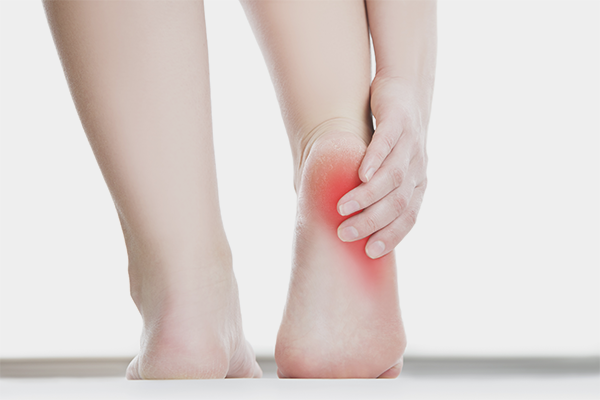
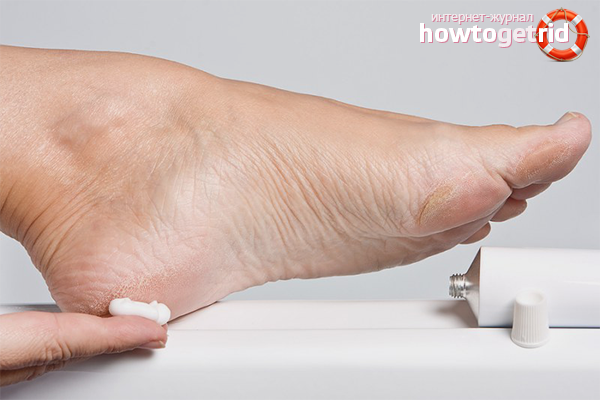
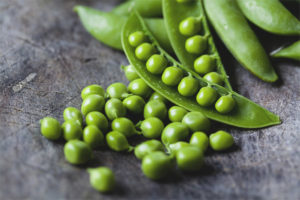
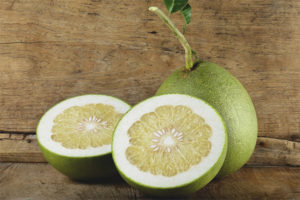
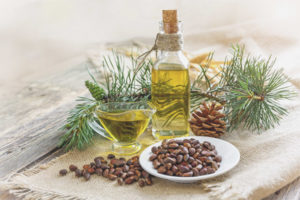
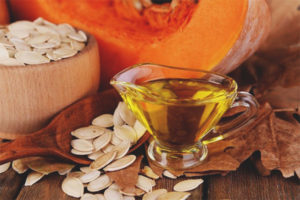
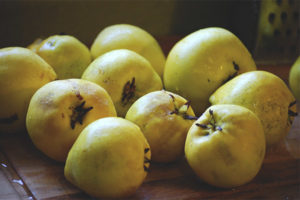



To send